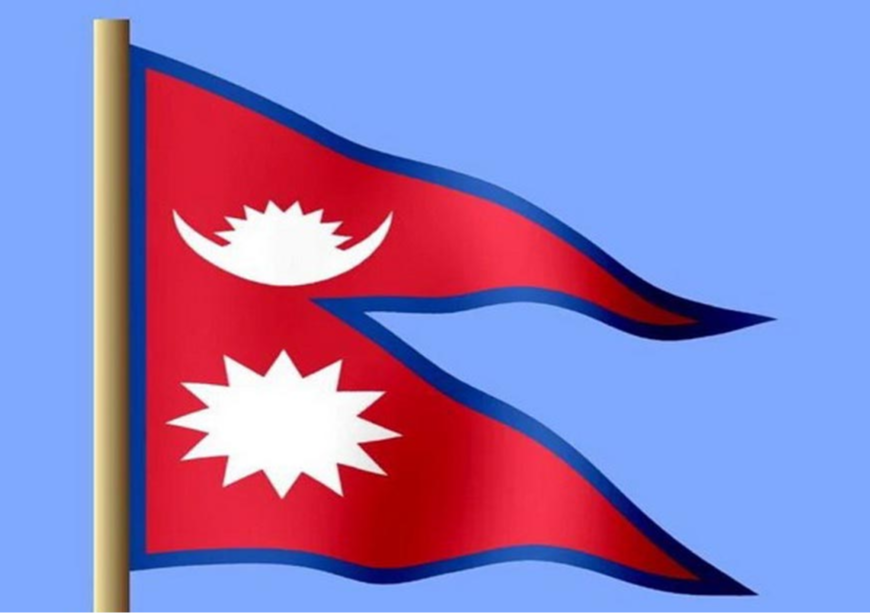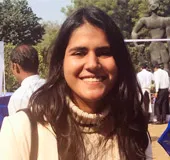
On 4 March 2024, Prime Minister Pushpa Kumar Dahal ‘Prachanda’ announced the disbanding of the year-long coalition with the Nepali Congress (NC) and subsequently rehashed ties with the Communist Party of Nepal (Unified Marxist-Leninist) (UML), forming a new coalition including other parties like the Rastriya Swatantra Party (RSP), the Janata Samajwadi Party (JSP) and the Communist Party of Nepal (Unified Socialist). After winning the vote of confidence on 13 March, the parties reached an eight-point agreement, to bring about stability in the country and effectively improve its economic situation.
The cycle of coalition-making and breaking
Since Nepal began its journey as a democratic country in 2008, its political process has been characterised by the frequent breaking and remaking of coalitions. All major national political parties—the CPN (MC), the UML, and the Nepali Congress—have equally been responsible for these shifts, often turning back on pre-poll alliances. Even anti-establishment parties like the RSP, which emerged on the platform of bringing about a new alternative for the electorate, have participated in these manoeuvres. While announcing his decision to switch alliances, PM Prachanda blamed certain internal and external factors which compelled him to move away from the NC. As per him, differences over political and economic reforms and other policy-related issues made it difficult for them to work with the Congress. As the PM, he couldn’t get enough agency to shuffle the ministers whose performance he found unsatisfactory. The major differences were with the Finance Minister who was from the NC and whom Prachanda accused of bypassing his authority on multiple occasions. Secondly, the election of the chair of the National Council (upper house) was also a point of contention between the two parties.
While announcing his decision to switch alliances, PM Prachanda blamed certain internal and external factors which compelled him to move away from the NC.
The recently concluded Mahasamiti meeting of the NC and the seeming ‘ideological shift’ that it signified in terms of how the party will chart its future course of action, were also seen as the trigger point for the MC to break the alliance. Gagan Thapa, the General Secretary of the Nepali Congress spearheaded the party to do away with the practice of forging pre-poll alliances of convenience before any elections. There were also discussions about Nepal’s identity as a Hindu nation which were opposed to what the CPN (MC) believed in and as per the latter, raised suspicions about the Congress’ commitment to the country’s constitution. Some references against the people’s struggle which was led by the Maoists also sprang up. These developments were seen as the final nail in the coffin of this young coalition as the PM stated that this “unnecessary and untimely humiliation of the coalition partners” was not needed at this time.
The UML also made attempts to reach out to Congress before it decided to mend fences with the Maoists. The extent to which these political machinations are prevalent is exemplified by how Congress expressed its willingness to listen to the UML now when it was pushed out of the ruling coalition. As per some reports, there was also a rising sentiment among the party members to join hands with the UML with the hopes that a unified communist faction would allow them to reach their goals.
For some Maoists, this alliance is seen as the unfinished business left by the breakup of the Nepal Communist Party. In an experiment that many deemed as an example of communist unity, the two major communist parties formed the Nepal Communist Party in 2018, only for it to disband in 2021 by a Supreme Court verdict. When the last general elections happened in the country, back in November 2022, the Nepal Congress garnered the most votes but ultimately didn’t have a seat in the government. While the NC and CPN (MC) had a pre-poll alliance, there was no consensus on power sharing which compelled the latter to pair up with the UML, allowing Prachanda to come to power. A few months later, during the presidential elections in February 2023—the CPN (MC) decided to support the candidate of the NC for the post of President, thus breaking its partnership with the CPN (UML) and pushing it in the opposition. Even as the NC is ousted from the ruling coalition, speculations about the party looking to pair up with some other parties or form a coalition with the UML again aren’t completely unfounded.
During the presidential elections in February 2023—the CPN (MC) decided to support the candidate of the NC for the post of President, thus breaking its partnership with the CPN (UML) and pushing it in the opposition.
Justifying his decision to break the alliance, PM Prachanda placed the onus on the UML’s commitment to ‘leftist unity’ which convinced him to switch alliances. But as previous experiences show, these claims of ideological unity fall short of the party chairpersons’ hunger for power.
Moving forward
Even as we look beyond what is happening at the political level, the situation in Nepal, economically and about its socio-economic development isn’t too optimistic. For the past few years, the country has averaged a moderate level of growth which has failed to transform into more productive jobs for its young population. This in turn has resulted in a mass exodus of young people from the country. In the backdrop of a struggling economy, the constant change in governments and the political leaders' preoccupation with securing political wins pushes people’s aspirations and concerns to the margins. As some analysts point out, for the Dahal-led government, this change in the alliance will buy time to escape growing public scrutiny- with the blame for a lack of effective performance now on the ineffectiveness of the coalition per se and not necessarily on the leader. As the new coalition assumes power, new issues vis-á-vis the appointment of new provincial governments and which party would get to field chief ministerial candidates would now preoccupy the parties’ minds.
While assessing how the coalition will fare in the coming months is difficult, there might be some ups and downs. Of the 275-member house, the current coalition has 51 percent of the seats i.e. 142 members. The party with the most seats, i.e. 88, is now part of the Opposition. Both Dahal and Oli have committed to lead the coalition until the next elections in 2027 but the possibility of new coalitions being hatched can't be completely ruled out. The experience of the NCP is enough to show that the filial idea of having a communist force with the two parties together is wishful thinking as the issues surrounding power-sharing take precedence. Ideologically also the parties have differences. Even the rise of new parties fails to break out of this cycle, and in a way, they now become a cog in all these considerations.
As the new coalition assumes power, new issues vis-á-vis the appointment of new provincial governments and which party would get to field chief ministerial candidates would now preoccupy the parties’ minds.
On the question of foreign policy, the new coalition has reaffirmed its commitment to a “balanced, neutral and non-aligned foreign policy”, but the interplay of geopolitical considerations and political changes cannot be ignored in Nepal. While India has deemed the changes in the country as its ‘internal matter’ and expressed its willingness to work with whoever is in the government, China stated that they would want to work with the new government to further the strategic bilateral partnership between the two countries. The newly minted Deputy Prime Minister and the Minister of Foreign Affairs visited China from 24 March to 1 April with reports about the two sides finalising the implementation plan of the Belt and Road Initiative (BRI). But despite concerns about the coalition now tilting more in favour of China, the upswing in the bilateral relationship between Kathmandu and New Delhi will continue to move forward, irrespective of who is in power.
Shivam Shekhawat is a Junior Fellow at the Observer Research Foundation
The views expressed above belong to the author(s). ORF research and analyses now available on Telegram! Click here to access our curated content — blogs, longforms and interviews.




 PREV
PREV


